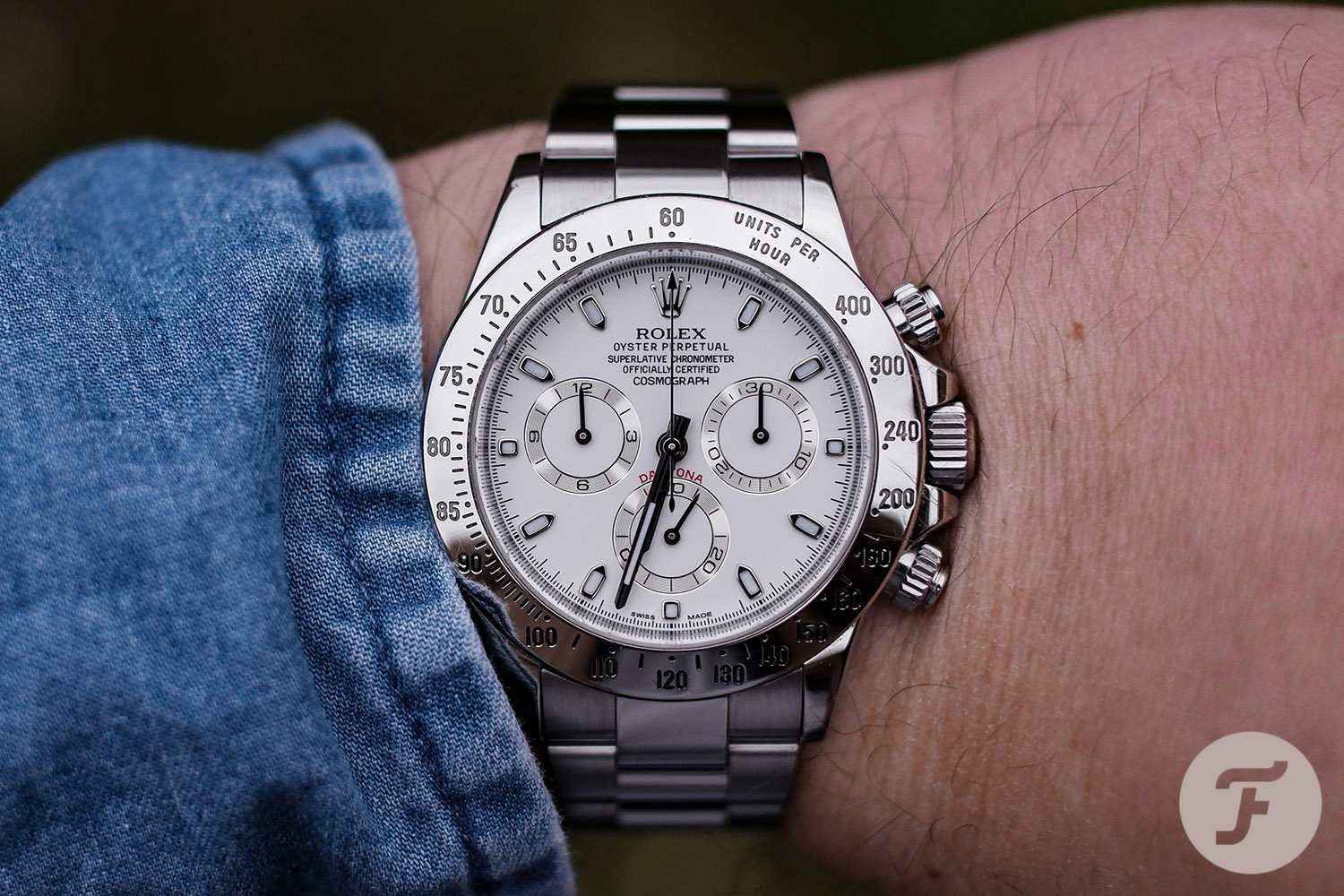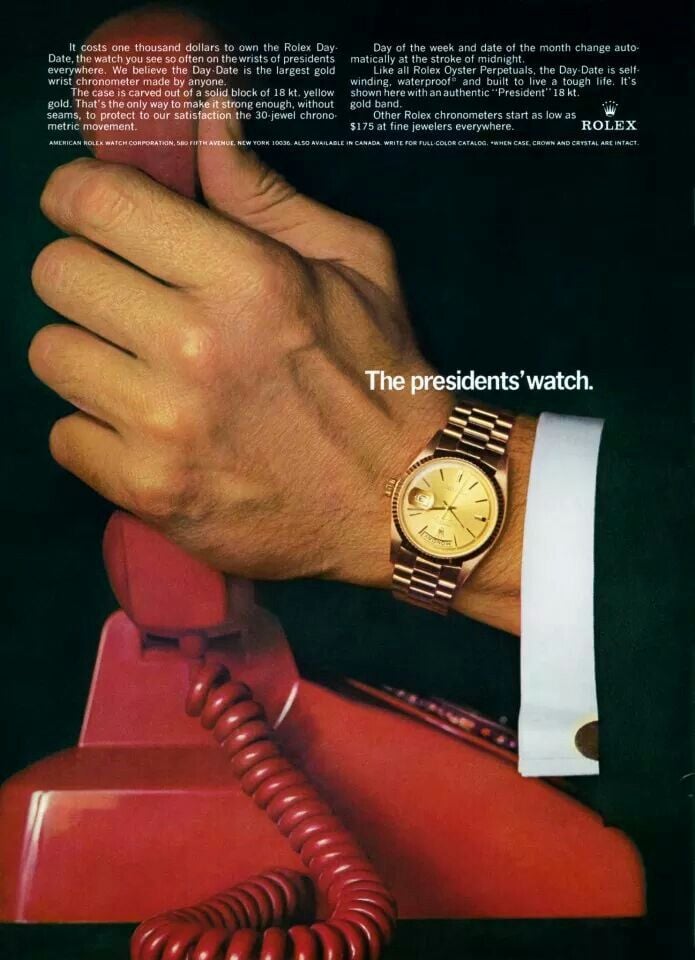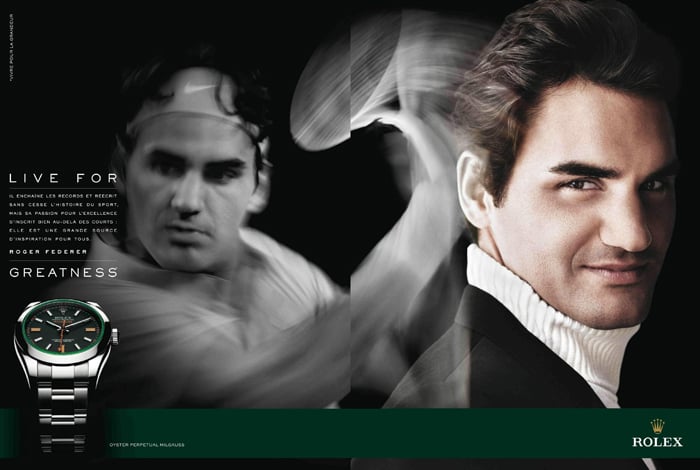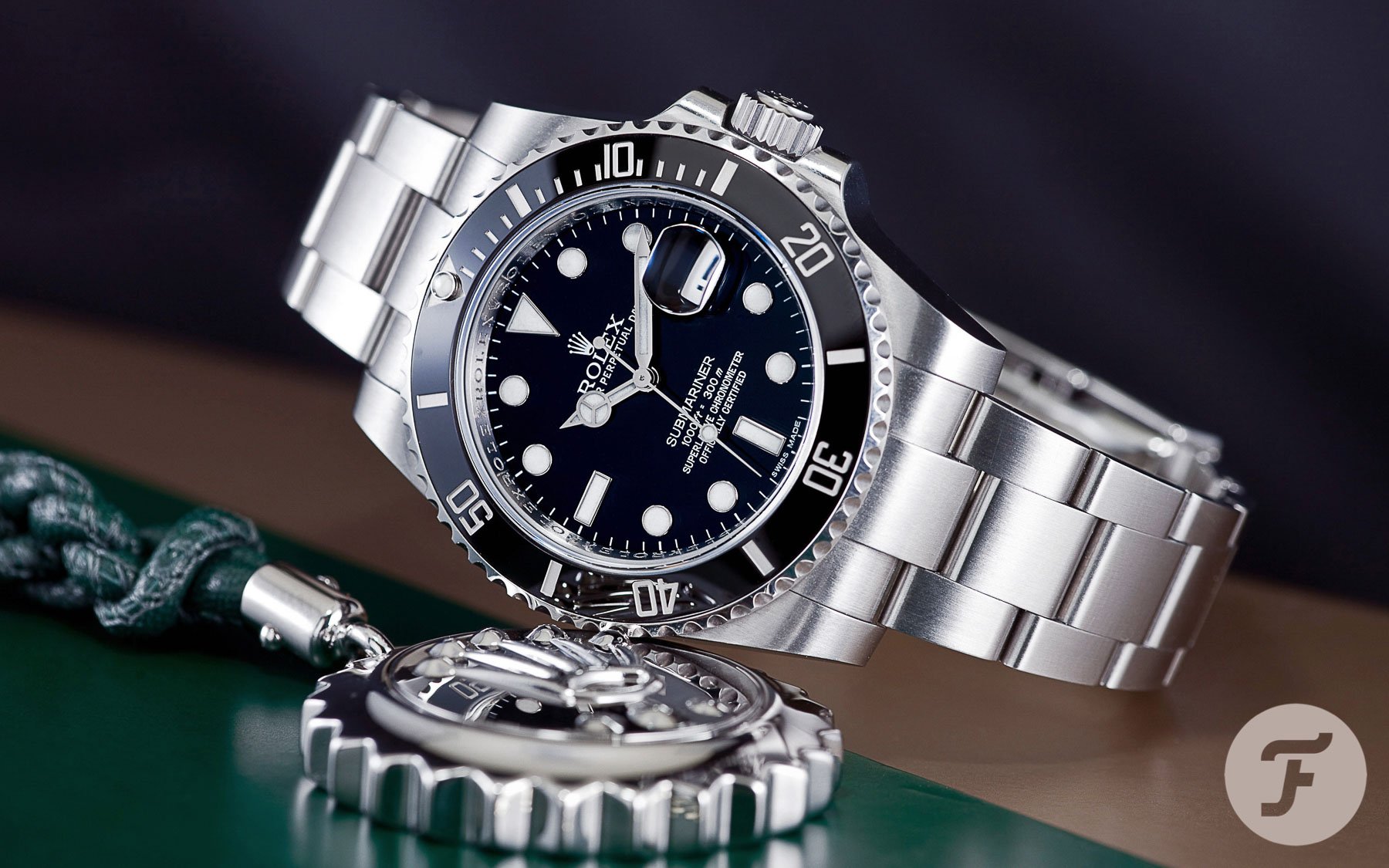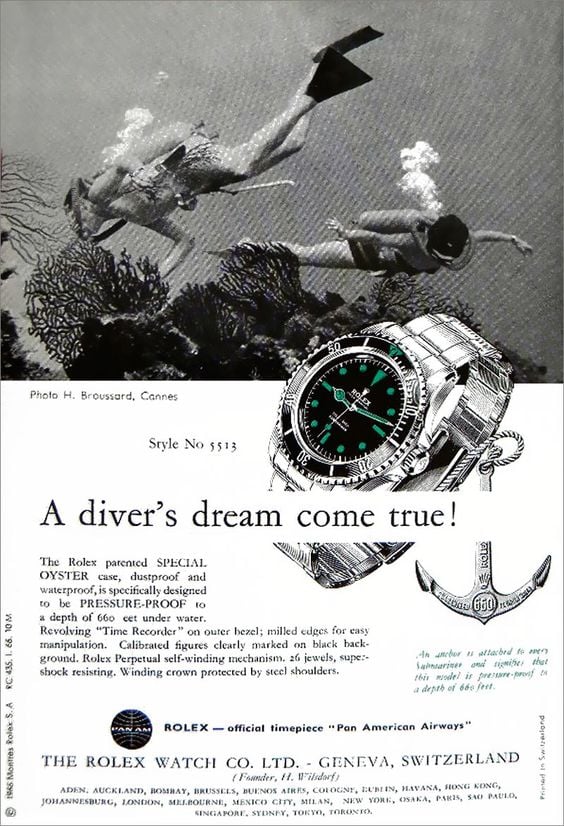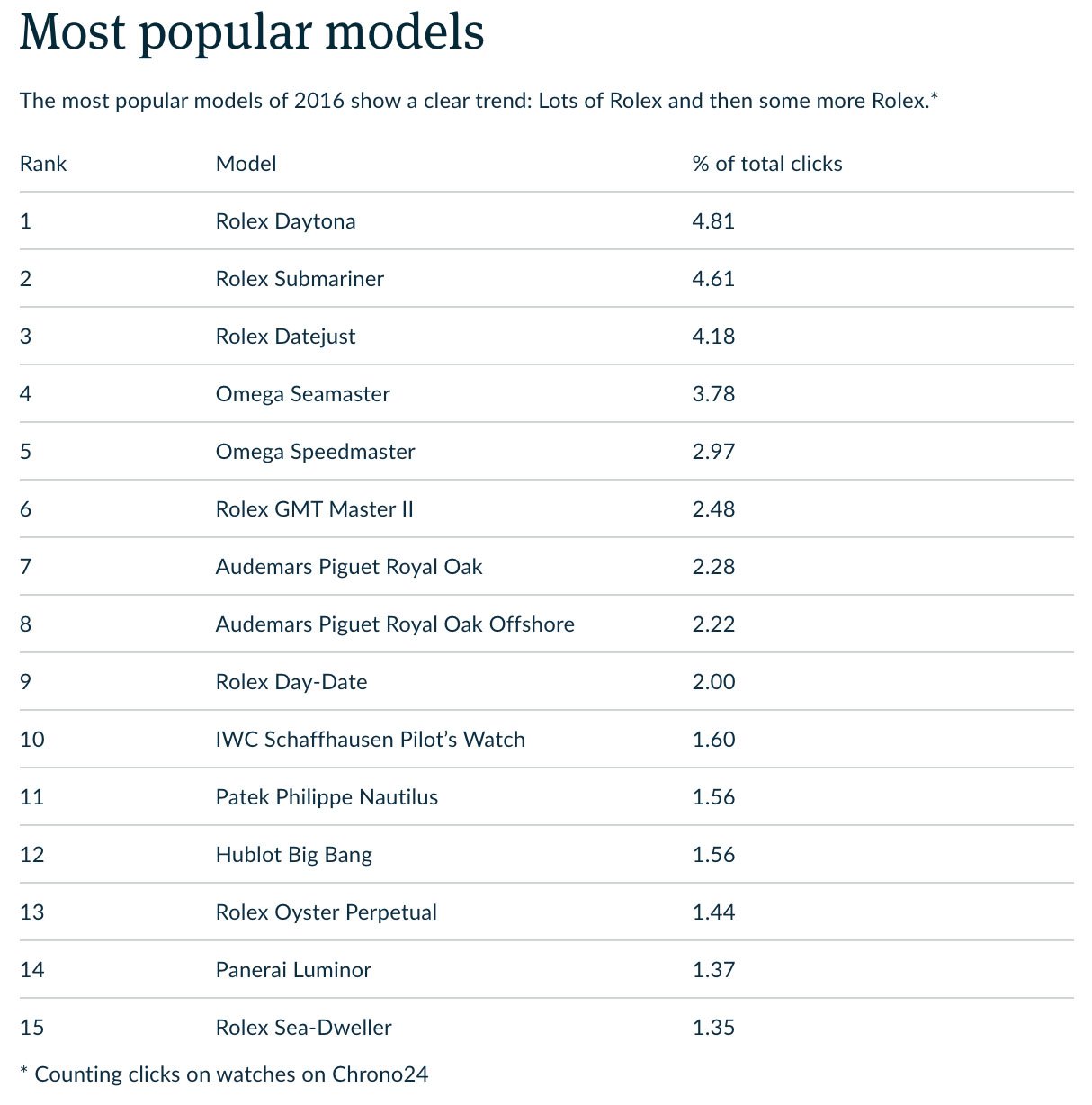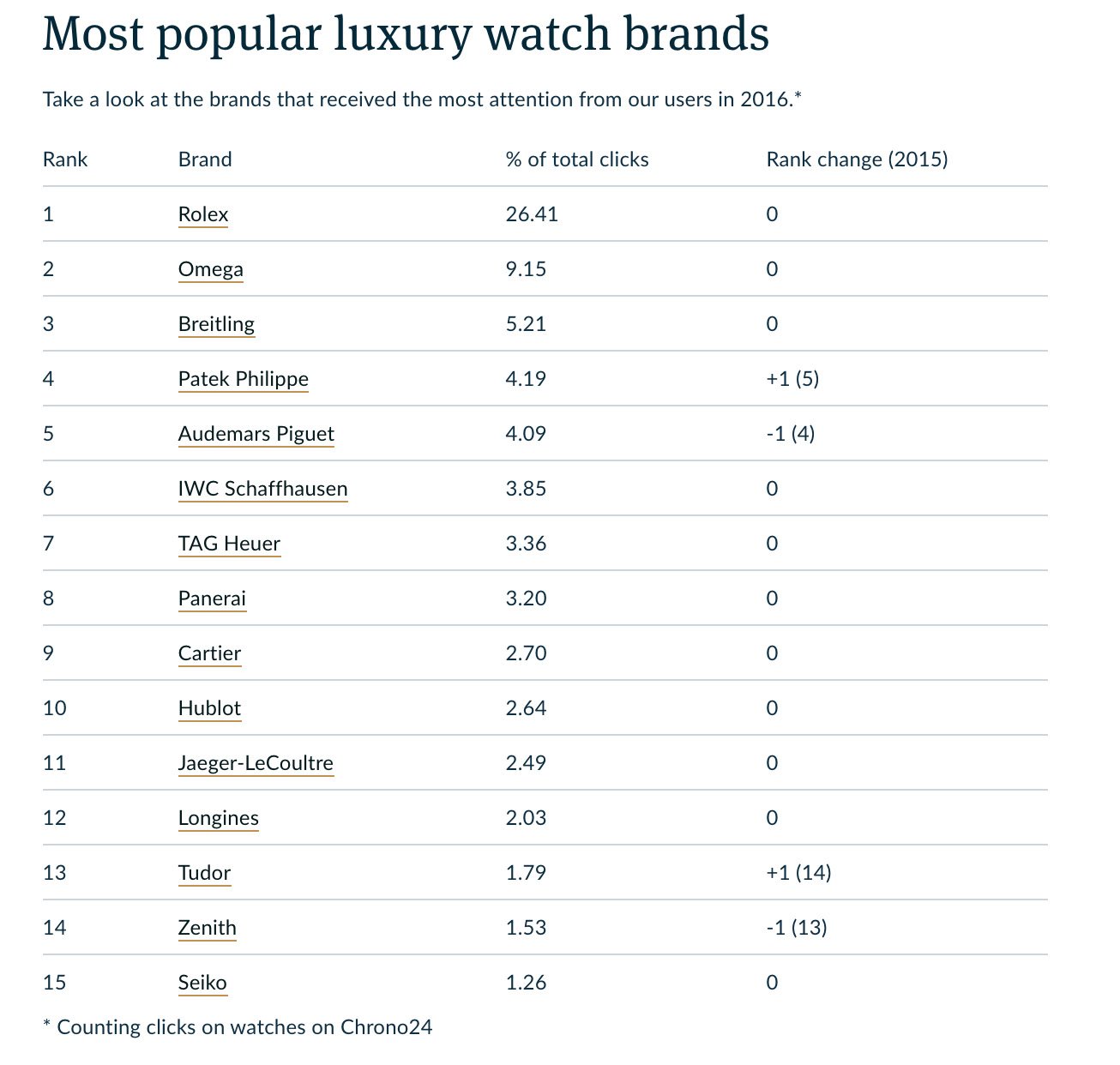You Asked Us: What If Rolex Had Never Existed?
We received an email from our reader Jeffrey. He wonders how the watch landscape would look like if Rolex were wiped from it and its history. We try to answer that question in the best way possible. As we meander down Hypothetical Lane, we took into consideration the brand’s accomplishments and innovations, but also made some assumptions. Let us know your take on this alternate history in the comments below…
That hypothesis doesn’t only affect today’s crazy market for (Rolex) watches, but it might also affect some of the innovations that Rolex introduced. Many think that Rolex was the inventor of the automatic movement, the date window, the diving watch etc., but that’s not true. They might have made one of two of these things very popular (and been the “first” to present them in a different way or in a different combination), but actually inventing these things is something else.
No Rolex in the world
But first things first. How would today’s watch landscape look like if Rolex had never been? The answer is purely based on assumptions and guesses, of course. Feel free to chime in if you think otherwise. There’s room for that in the comment section below.
A number of firsts
Rolex founder Hans Wilsdorf was destined to produce wristwatches that were reliable, accurate, and affordable. With those primary focus points in mind, Wilsdorf was a great visionary and this resulted in a number of “firsts” for the brand. Here are a few of them:
1910 — Rolex was the first brand to receive a certificate from the Bureau Officiell de Contrôle de la marche de montres (the official authority for testing the rate of watches). Rolex received a certificate in 1910 for the movement for their wristwatch, the first in the world as normally these tests were only meant for pocketwatch movements.
1926 — Wilsdorf took the “reliability” aspect very seriously and some of a watch’s biggest enemies are moisture and dust. He already had a screw-in caseback in place in the early 1920s. But that was not enough. The weakest link that remained was the crown, of course. In 1926, Wilsdorf bought the idea of a screw-down crown from Ulysse Georges Perret and Paul Perregaux and had it patented as well as the screw-in caseback. Rolex introduced the first watch with these innovations as the “Oyster” case.
1945 — Rolex developed a number of things in the years between 1926 and 1945, which led to the Oyster Perpetual in 1931. However, another first came in 1945 when Rolex introduced the Datejust. The mother of all modern wristwatches, as we like to say here on Fratello. The Datejust was the first automatic watch to have a date aperture.
1956 — Day-Date! The flagship of the Rolex collection was introduced in 1956 and was the first watch to display the date and weekday on the dial.
The often mentioned million
It is rumored that Rolex produces a million watches per year. Although the brand won’t confirm any number, our estimate is lower (ca. 850,000 watches per year). It isn’t the Swiss company that produced most watches per year (Longines for example, goes well over a million), but it is an impressive number nevertheless.
Many brands out there are able to manufacture reliable, accurate, and affordable watches. But what Rolex achieved, is that these watches are of incredibly high quality. You can think whatever you want of Rolex, or its wearers, but the quality of the brand’s watches is impeccable and beyond discussion. One of the reasons for this is its engineering and production method. This industrialized way of production and testing leaves little room for mistakes.
The Rolex marketing machine
But what interests me most, is the brand’s marketing. How did Rolex achieve the almost worldwide perception that Rolex creates the best watch in the world? How has Rolex grown to become the most sought-after watch brand in the world, and create a huge demand that comes with mind-boggling after-market prices for their watches?
Remember, these watches aren’t exactly “Haute Horlogerie”! Much smaller brands certainly produce more complex products. You could imagine this kind of demand for an FP Journe of which only a handful are produced. But this is a brand that shakes out roughly 850,000 watches per year and doesn’t do limited editions or special versions… How can that be regarded as exclusive? A topic for another day, perhaps, but an important aspect when it comes to the hypothesis of our reader. What if Rolex never existed? Would there be a brand that has the same position and perception Rolex has today? Or would the very idea of what constitutes a luxury watch be different?
If Rolex didn’t exist today
Although Rolex definitely had a role in shaping the modern wristwatch as we know it today, that doesn’t mean that the watch landscape would look totally different.
Take the GMT-Master for example. It became a blueprint for other brands to copy. It has, since its inception, been treated as the granddaddy of watches with second time zones. However, did you know that Glycine was the first to have a GMT on their Airman watch? I am not sure if the Airman would have the same effect on other brands and their GMT watches as the Rolex GMT-Master did, but who knows? In the absence of a great, surely something would have filled its shoes.
Divers watches? Blancpain did a lot of work there in the 1950s as well, Omega developed its professional Seamaster models with COMEX (and those were actually used by them as well), Breitling had its SuperOcean in the 1950s and many more brands (who didn’t survive the 1970s) did. Innovation wise, I think don’t think we would see much difference today if Rolex did not exist. There would, almost certainly, however, be another icon standing in the Submariner’s place.
More variety
However, if Rolex had never existed, I personally don’t think that another brand would have the same status and demand today. Although some brands are very close in terms of the way Rolex works, with an industrialized production process (Omega for example), there’s more to it than just that. The quartz crisis influenced the development of a lot of Swiss brands.
Rolex kept on going (with some awkward products as well, mind you), but the brand never really changed course. Always the same structured collection, with only small innovations every once in a while. That’s why any modern Rolex is recognizable, the foundation of their designs is sometimes up to 75 years old (Datejust). If a GMT-Master owner in the 1950s or 1960s would be “Back to the future”-ed to today, he would immediately recognize the new Pepsi or Batman as a far descendant of his watch.
Different reasons
If Rolex didn’t exist today, I think we would see a larger variety of watches. Sure, if you take a top 15 watches, most of them are the typical icons or classics. But the top 15 of classics is now heavily dominated by Rolex if you break it down to the share of voice of each of them. I assume we would see more variety, based on the functional and aesthetical demand from customers, rather than to wear a certain brand name. Also, I think that choices would be more individually. “I buy this Reverso because it suits my style, personality, and because of the craftsmanship” rather than someone picking up a Rolex Submariner because it makes you feel accepted by your colleagues, friends, or certain watch communities.
The overviews are a bit old, but especially in those first few rankings, we don’t expect much difference today.
More stories
Would it be a better world? Well, on the one hand, I like variety and would love to see more different brands and watches on the wrists of people. I also think there would be more interesting stories to tell about why people bought a certain watch instead of “because it is a Rolex”. But I also have a lot of respect for the Rolex product itself. Amazing quality watches, good designs, well-engineered, and so on. A perfect reason to buy one and why I own a few as well. But on the other hand, the result of (authorized) dealers being sharks and transforming Rolex into currency also has its consequences. Not to mention the brutal attacks, sometimes lethal, because people know a Rolex equals quick cash money.
The answer to our reader’s question is purely opinionated. In this case, there’s no such thing as the truth simply because nobody knows. What I also would find an interesting discussion, is what the effect would be on other brands when there wouldn’t be a Rolex brand. Would marketing be the same? Would luxury be viewed in the same way? Which watches would occupy the status enjoyed by the Rolex classics. And, perhaps most importantly, which watch would have first graced Bond’s wrist?
Join in with the construction of this alternate universe below…
*We retrieved some of the facts from Gisbert L. Brunner’s book on Rolex. A great resource to have some background information on the company.

